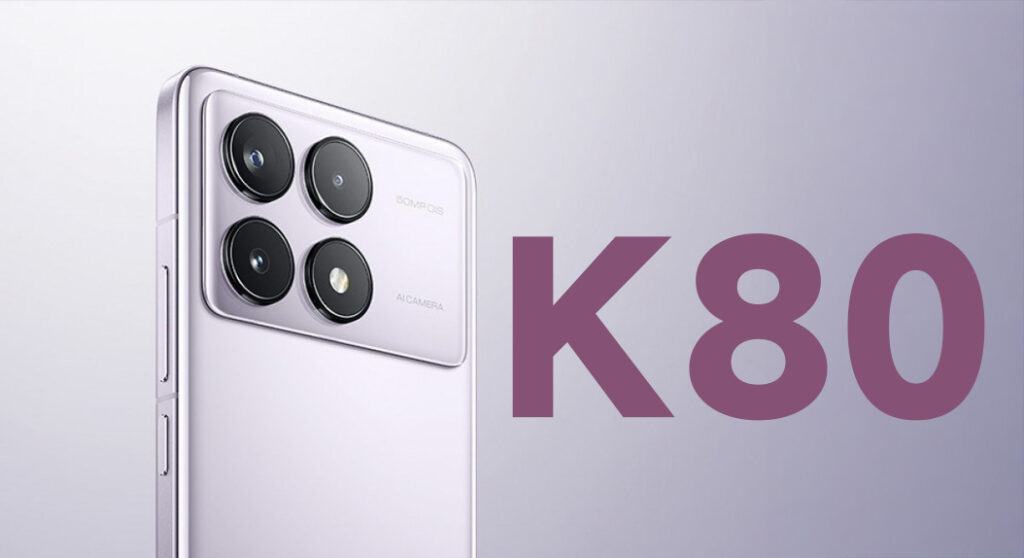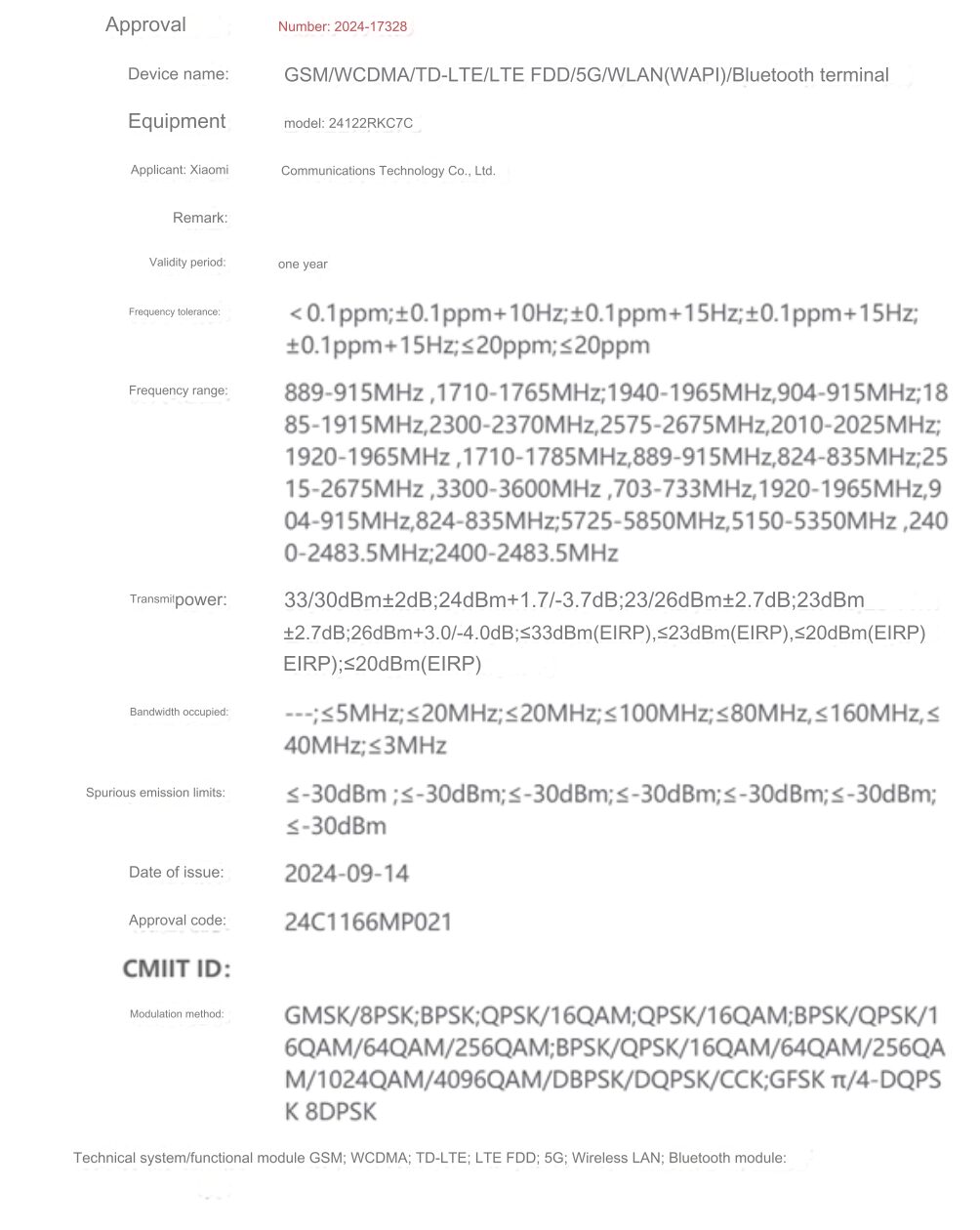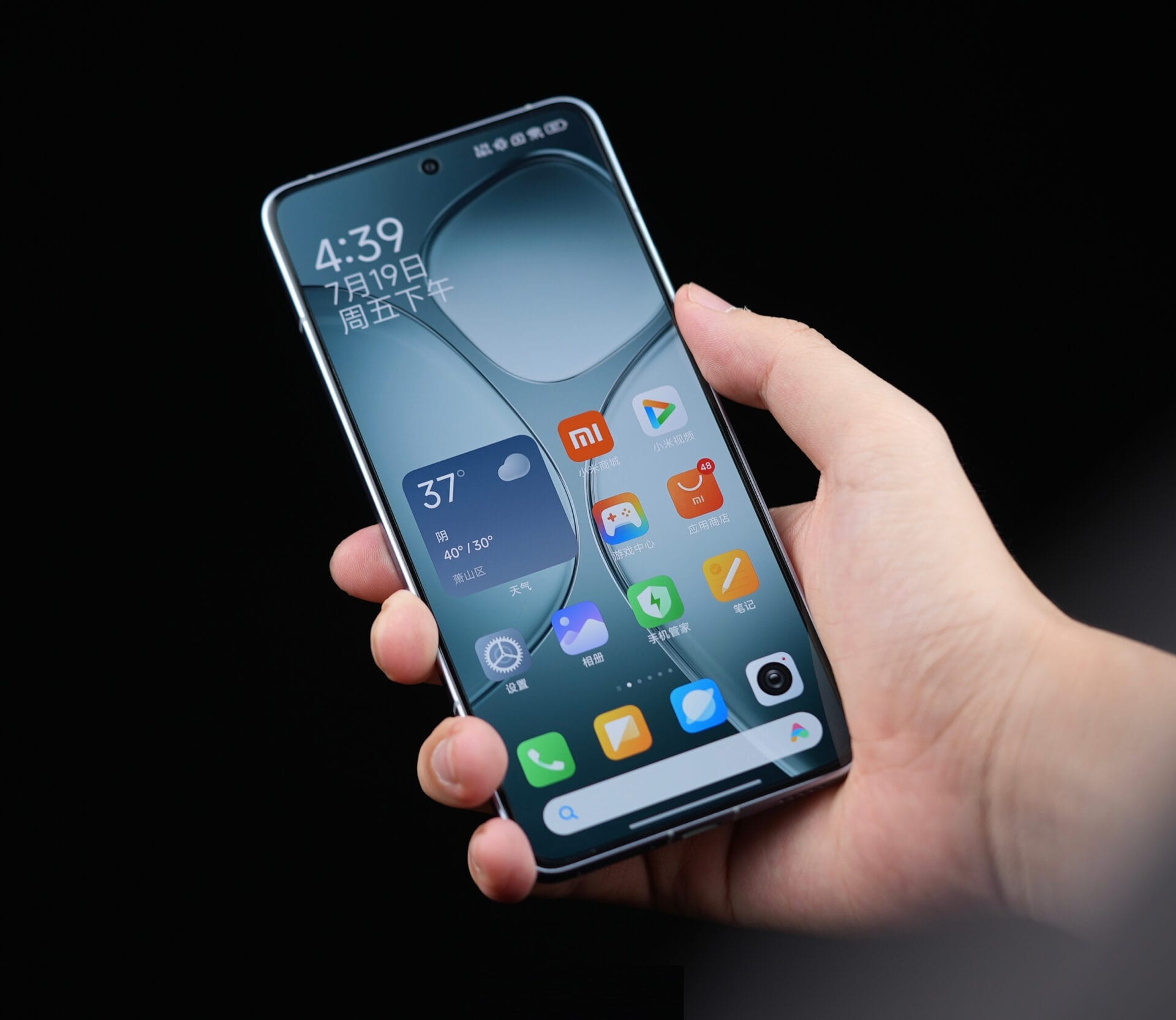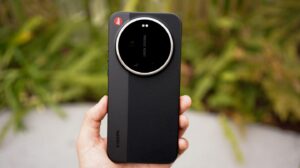The highly anticipated Redmi K80 series from Xiaomi has just acquired the network access license of the Ministry of Industry and Information Technology of China, pointing toward its imminent release. Basically, there are two models in the series: Redmi K80 and Redmi K80 Pro, identifiable by their model numbers 24122RKC7C and 24117RK2CC, respectively. The new generation of Redmi phones promises to span high-performance hardware, the most advanced features, and affordable pricing for a firmer grounding in the mid-to-high-end segment.
Processor: Latest Snapdragon 8 Gen 3/4
The Redmi K80 series will be powered by a series of the most advanced Qualcomm processors:
- Redmi K80 Standard Variant: It will be powered by the Snapdragon 8 Generation 3 processor and shall deliver top-of-the-line performance that would effortlessly run the latest games, multi-tasking, and AI apps.
- Redmi K80 Pro: Equipped with the next generation of Snapdragon 8 Gen 4, bringing up efficiency and performance capability even higher.
Snapdragon 8 Generation 3 will have notable graphics, AI, and CPU improvements over the previous versions, and Snapdragon 8 Generation 4 may offer advanced innovations like finer AI processing capabilities and further improved power efficiency.
Display: 2K Pure Straight Screen
The 2K pure straight screen is tipped for both models in the Redmi K80 series, ensuring their prime qualities will flaunt when it comes to colors and details. This may also include a refresh rate of 120Hz, making the phones perfect for smoother scrolling, brutal gaming, and different kinds of multimedia consumption.
Camera: 50MP Main and Telephoto Cameras
It is expected that the main camera of Redmi K80 will support 50MP with a vertical telephoto solution. Though the first prototype may not include a telephoto macro lens, the Pro version is very likely to adopt a higher-end telephoto solution to get a better portrait photography experience.
While the Redmi K80 Pro might come with support for a 3.x optical zoom telephoto camera for better prospects of photography in long-distance shots and portrait modes.
Battery and Charging: 5500mAh and 120W Fast Charging
Powering the K80 series will be a 5500mAh battery, providing heavy users with ample battery life. It will also sport 120W fast charging so users can spend minimal time recharging their phones and can get going in no time.
Overview of Key Features
- Processor: Snapdragon 8 Gen 3 (K80) / Snapdragon 8 Gen 4 (K80 Pro)
- Display: 2K pure straight screen, probably with a refresh rate of 120Hz
- Camera: 50MP main camera, possible 3.x telephoto for Pro model
- Battery: 5500mAh with 120W Fast Charging
Expected Release
The Redmi K80 series is alleged to be the successor of the very successful Redmi K70 series, which came with outstanding specifications like a Snapdragon 8 Gen 2 processor and a fabulous 6.67-inch OLED screen. The K70 series was powerful and had reasonably great pricing; hence, expectations from the K80 series will also be on higher scales. Since the network access license has been secured, in addition to recent leaks coming to the surface in databases such as the IMEI database, the Redmi K80 and K80 Pro are expected to launch sooner than expected, probably before the end of the year. The K80 series aims to target a wide audience, from tech enthusiasts to casual users, with flagship-like performance at competitive prices. Watch out for official announcements regarding the release dates and more detailed specifications.


 Emir Bardakçı
Emir Bardakçı




Ui It needs to be smoother
HyperOS is super smooth on my Mi 11 and Turbo 3.
It just sounds like YOU need to get something better than a Redmi 9C to experience what HyperOS actually has to offer.